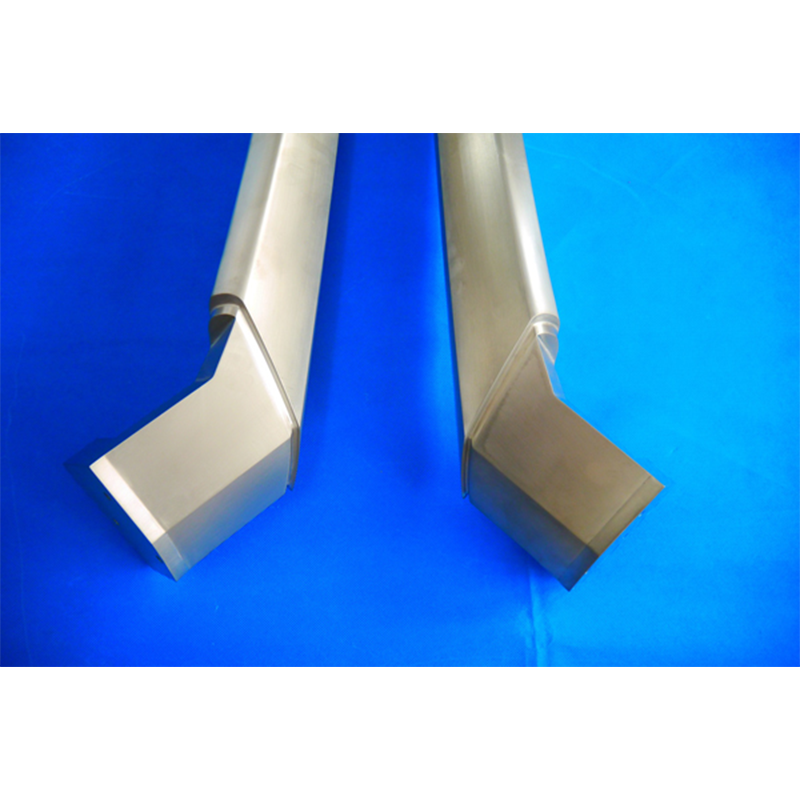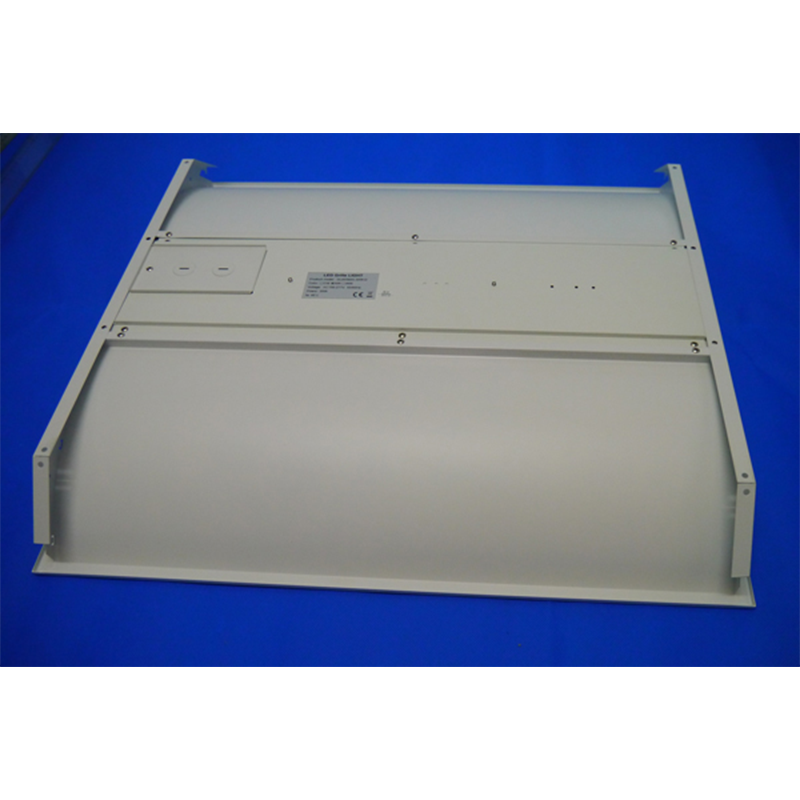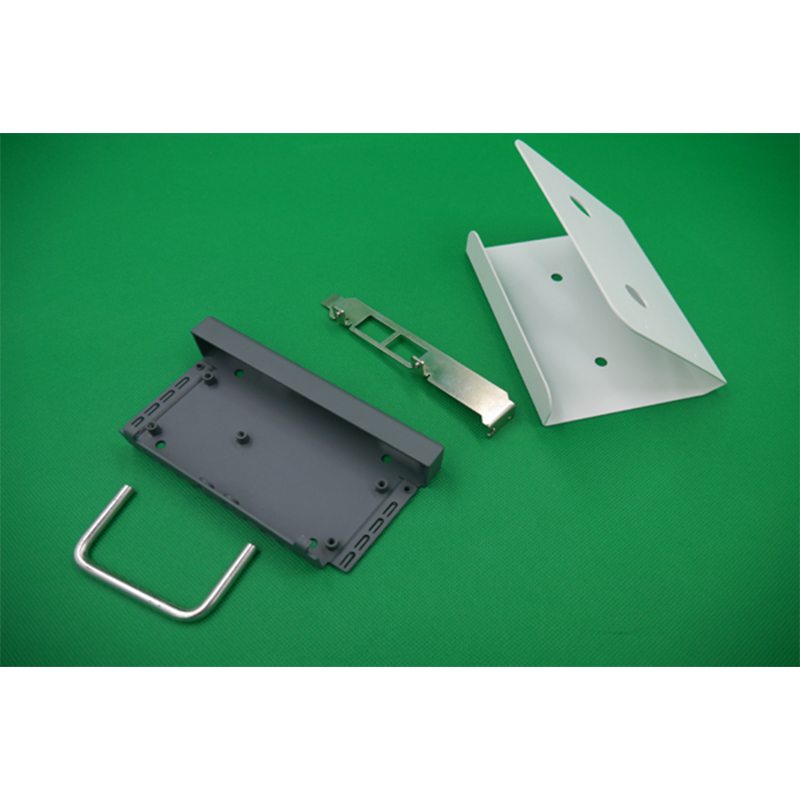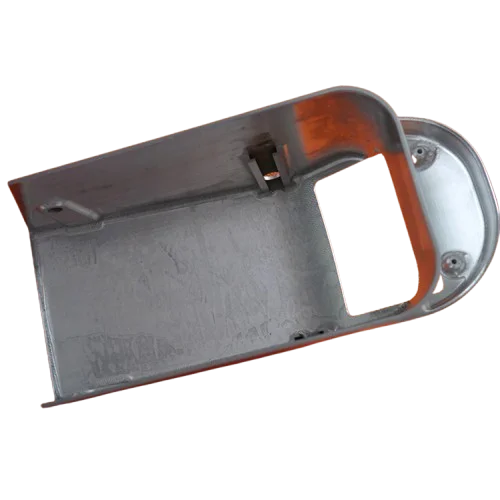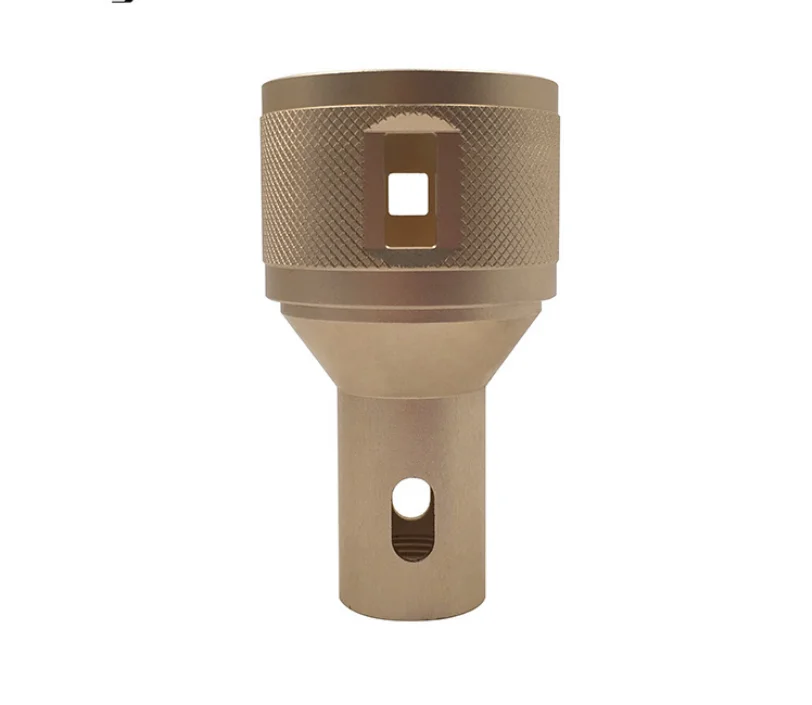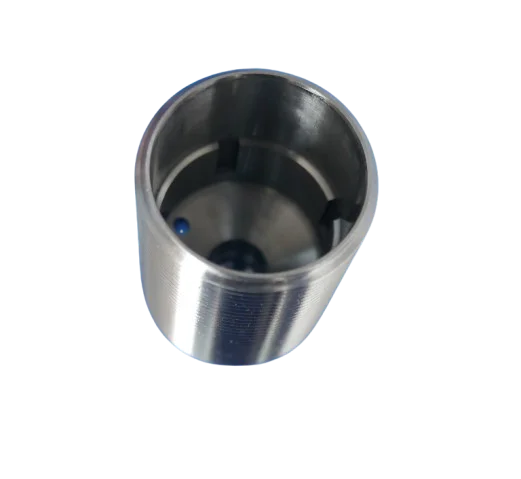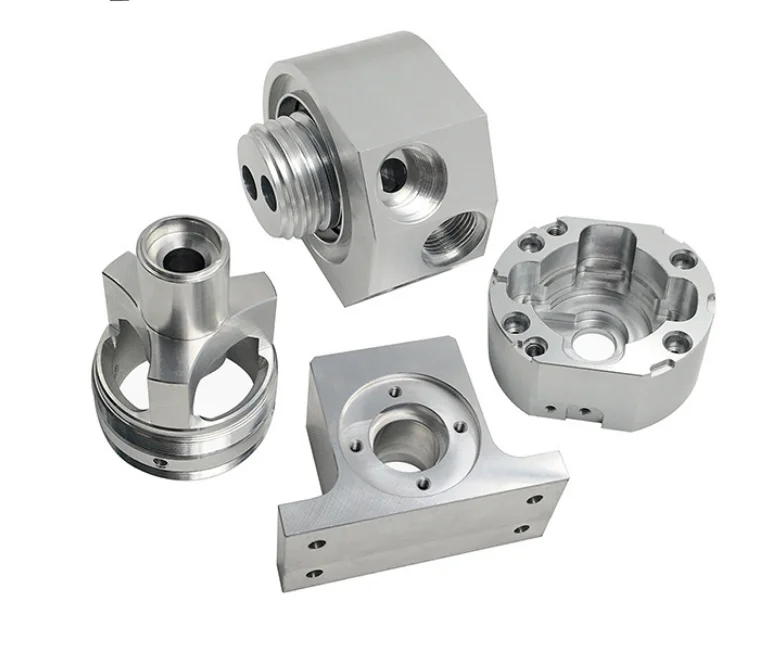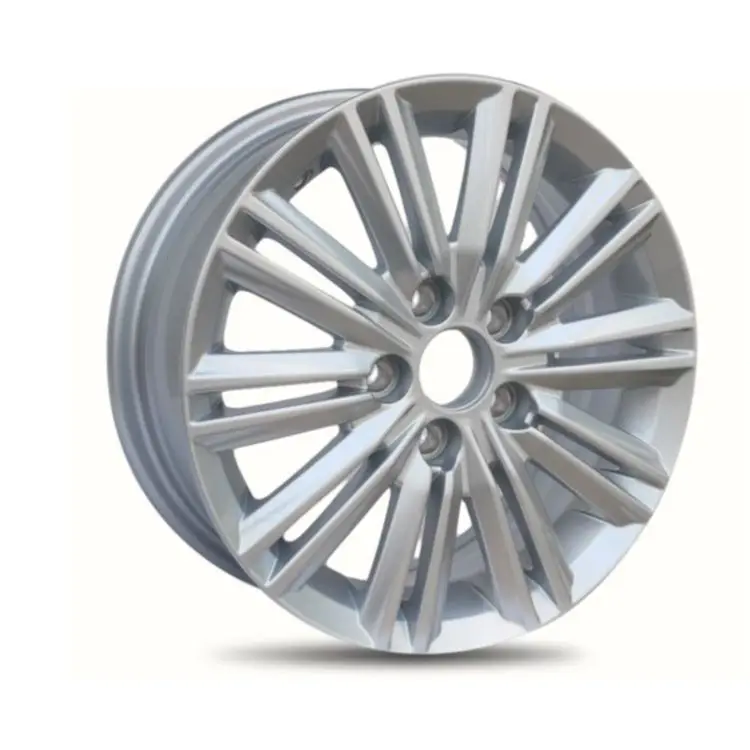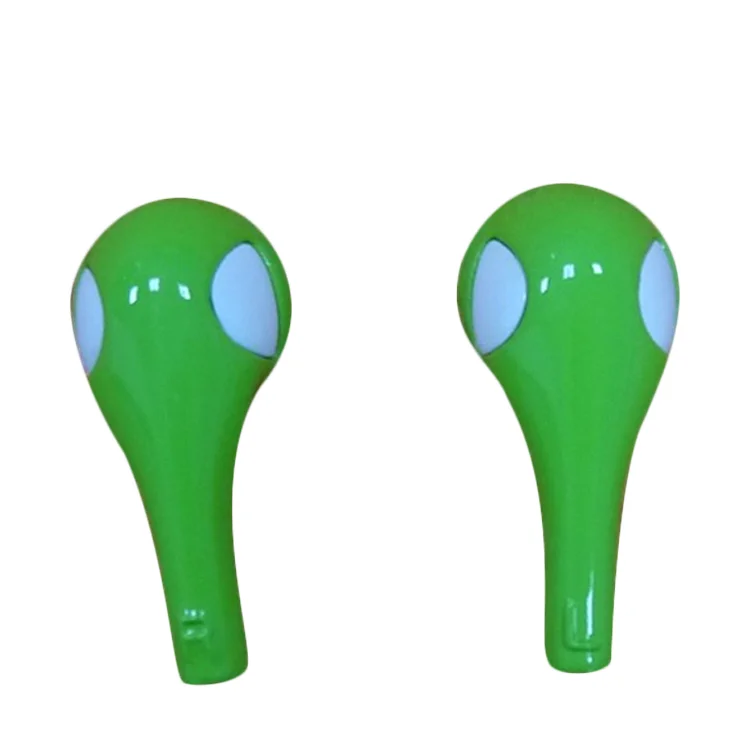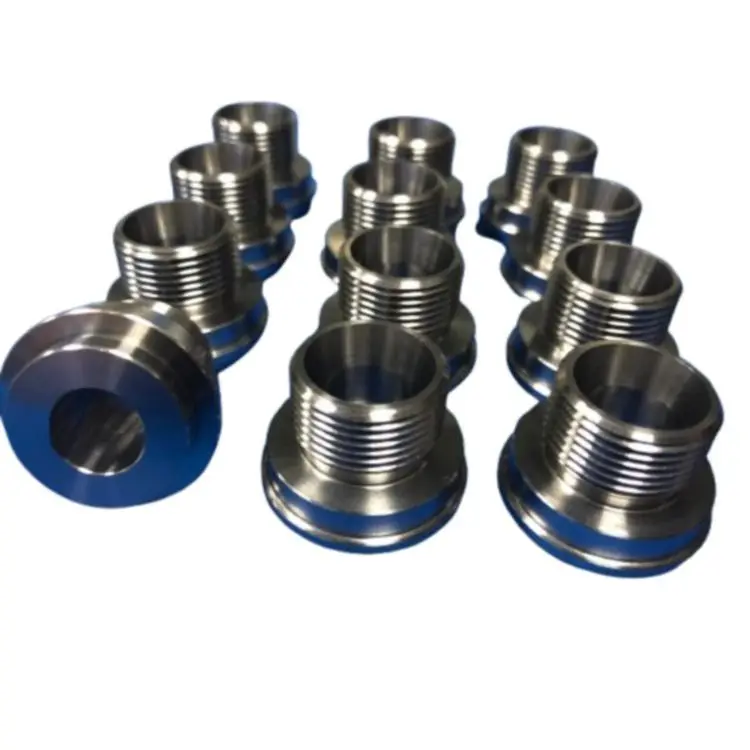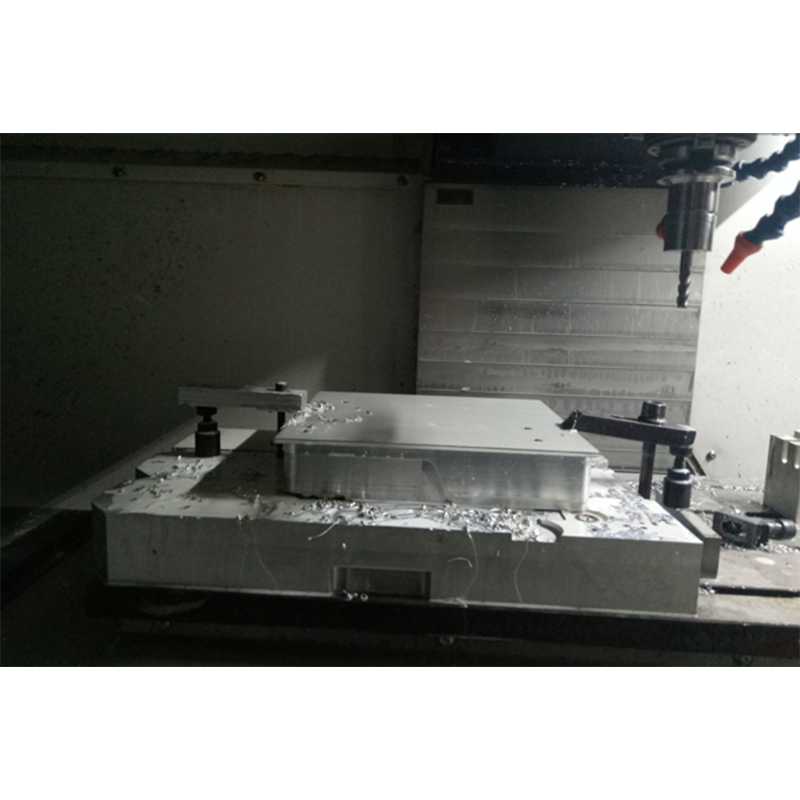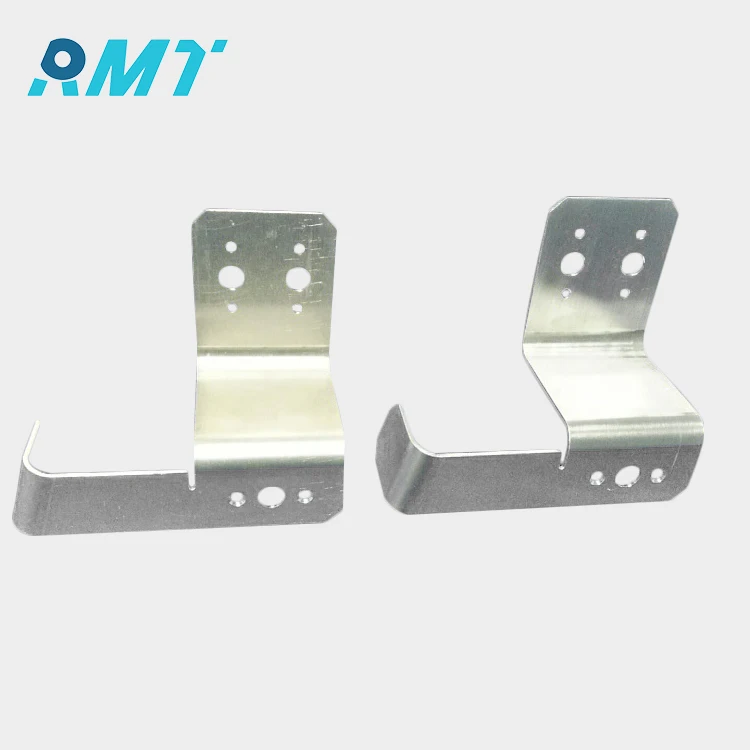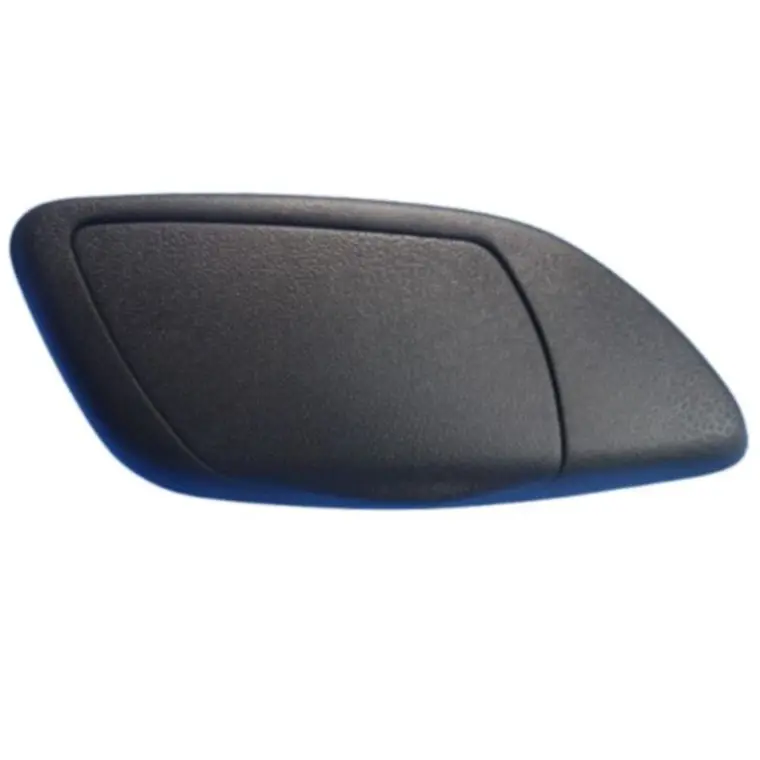Innovations in Sheet Metal Fabrication Techniques
Technological Breakthroughs in Sheet Metal Fabrication
Automation & Robotics in Precision Manufacturing
The integration of automation and robotics in precision sheet metal fabrication has significantly transformed the industry. By utilizing robots, companies can enhance efficiency and minimize human error, leading to more consistent product quality. According to industry statistics, automation has increased production rates by up to 30%, while reducing defects by nearly 25%. Such improvements are pivotal as they contribute to higher product standards and lower costs. Machine learning further optimizes these robotic processes by analyzing production data to predict necessary adjustments, thus continuously refining operational efficiency. For instance, leading manufacturers like BTD Manufacturing have embraced these technologies to maintain their competitive edge.
3D Printing for Rapid Prototyping Services
3D printing technologies are revolutionizing rapid prototyping services by enabling businesses to create metal parts quickly and cost-effectively. By reducing prototyping times from weeks to mere days, companies can realize substantial savings and respond faster to market demands. Case studies exemplify this impact, such as when Marlin Steel Wire Products utilized 3D printing to produce custom metal components at a fraction of the cost and time required by traditional methods. Additionally, the potential for design customization is vast, allowing businesses to explore new dimensions in product innovation while transforming traditional fabrication practices.
Laser Cutting Advancements in Automotive Parts
Recent advancements in laser cutting techniques have significantly impacted the manufacturing of automotive parts, offering improved precision and material efficiency. These technological advancements have enhanced the ability to produce complex shapes with minimal waste, contributing to both economic and environmental benefits. Data reveals that laser cutting can improve material utilization by up to 20%, making it an attractive option for automotive manufacturers. Prominent car parts manufacturers, like Ryerson Holding Corporation, have adopted laser cutting technology, reaping benefits such as increased flexibility in design and enhanced production throughput, ultimately leading to higher quality automotive components.•Advanced Materials Revolutionizing the Industry
High-Strength Aluminum 5052 Alloys
Aluminum 5052 alloys are increasingly favored in the fabrication industry due to their exceptional properties, especially in automotive applications. These alloys are known for their excellent weight-to-strength ratio, which plays a crucial role in enhancing vehicle performance and fuel efficiency. Specifically, their high strength coupled with lightweight characteristics allows for reduced fuel consumption without compromising vehicle safety. Moreover, aluminum 5052 is environmentally sustainable, boasting ease of recycling and minimal environmental impact during manufacturing processes. This makes it an attractive option as industries seek greener alternatives in sheet metal fabrication.
Corrosion-Resistant 304 Stainless Steel Innovations
304 stainless steel stands out in various industries for its superior corrosion resistance properties, significantly contributing to longevity and cost-effectiveness in harsh environments. Known for its durability, 304 stainless steel requires less frequent replacements thus reducing long-term costs. This alloy is particularly beneficial in applications like medical instruments and automotive parts, where reliability is paramount. Recent advancements in stainless steel alloys have further enhanced their applications, offering improved functionality and lifespan in demanding sectors. The fusion of longevity and cost benefits makes 304 stainless steel a preferred choice for modern manufacturing demands.
As industries continue to evolve, the integration of materials like aluminum 5052 and 304 stainless steel plays a pivotal role in advancing sheet metal fabrication techniques, promoting both efficiency and sustainability. Innovative Sheet Metal Solutions in Action
120 Sets Aluminum 5052 for Oilfield Extractors (Washington, USA)
The project involving 120 sets of aluminum 5052 sheet metal parts significantly improved oilfield extractor systems in Washington, USA. These parts boast high strength and durability, essential for withstanding harsh oil extraction environments. Feedback from stakeholders indicated that these sheet metal parts enhanced the operational efficiency of the oil extractors. The production faced logistics challenges due to the project's scale, requiring precise coordination and robust logistics strategies, setting a benchmark for future endeavors by highlighting the importance of planning and adaptation.
100 Sets 5052 Aluminum for LED Lamp Shades (California, USA)
Manufacturing 100 sets of 5052 aluminum sheet metal for LED lamp shades showcased design simplicity and manufacturing efficiency for a client in California, USA. Aluminum's inherent properties provided both aesthetic appeal and functional benefits, with clients reporting increased satisfaction due to the material's recyclability. These lampshades not only reduce the environmental footprint but also align with eco-friendly trends in lighting solutions, emphasizing the sustainable advantages of using aluminum in the manufacturing process.
304 Stainless Steel Parts for Medical Laser Devices
The production of 304 stainless steel components for medical laser devices highlights the critical focus on regulatory compliance and safety standards. Precision manufacturing of these parts is paramount as it directly impacts medical device performance and patient safety. Challenges during production, such as maintaining precise tolerances and ensuring compliance with medical standards, were met with successful strategic solutions, leading to timely and efficient deliveries of these essential components for medical applications.
High-Precision CNC Machined Automotive Components
CNC machining plays a pivotal role in crafting high-precision automotive components, where accuracy is paramount. Typical processes achieve tolerances as small as ±0.01 mm, significantly enhancing vehicle reliability and performance. Companies utilizing these components experience reduced failure rates and improved efficiency. Case studies elucidate CNC machining's benefits, demonstrating its critical role in the success and operational excellence of automotive manufacturers.
Sustainable Practices and Future Trends
Eco-Friendly Fabrication for Car Parts Manufacturing
Eco-friendly fabrication methodologies are emerging as pivotal components in the automotive parts manufacturing sector. Companies are increasingly adopting sustainable practices to reduce their environmental footprints, such as using recycled materials and energy-efficient manufacturing processes. Leading organizations exemplifying this trend include Tesla, which incorporates reusable materials into its vehicle production, and BMW's efforts to reduce waste through precision sheet metal fabrication. The economic benefits of these sustainable practices are significant, including decreased waste management costs and improved energy consumption metrics. Consumer demand for sustainable products has surged, encouraging manufacturers to innovate and align their processes and materials with eco-friendly standards. This consumer pressure is driving a shift in the manufacturing landscape, where products are increasingly marketed not only for their functionality but also for their environmental responsibility.
IoT Integration in Smart Sheet Metal Factories
The integration of IoT technologies is revolutionizing sheet metal fabrication by enabling real-time monitoring and data analytics. Smart factories are increasingly leveraging IoT to boost operational efficiency, minimize downtime, and enhance predictive maintenance capabilities. For example, companies such as Siemens and Bosch are implementing IoT solutions in their manufacturing facilities to streamline production processes and reduce maintenance costs. By utilizing IoT, they can proactively address equipment issues before they escalate, ensuring seamless operations. Looking ahead, the future of smart factories will continue to evolve, driven by trends in automation, connectivity, and advanced materials. As IoT integration deepens, manufacturing landscapes will experience increased responsiveness and flexibility, encouraging more agile production processes. This shift promises advances in logistical automation and demand forecasting, significantly impacting how manufacturers operate in the coming years.
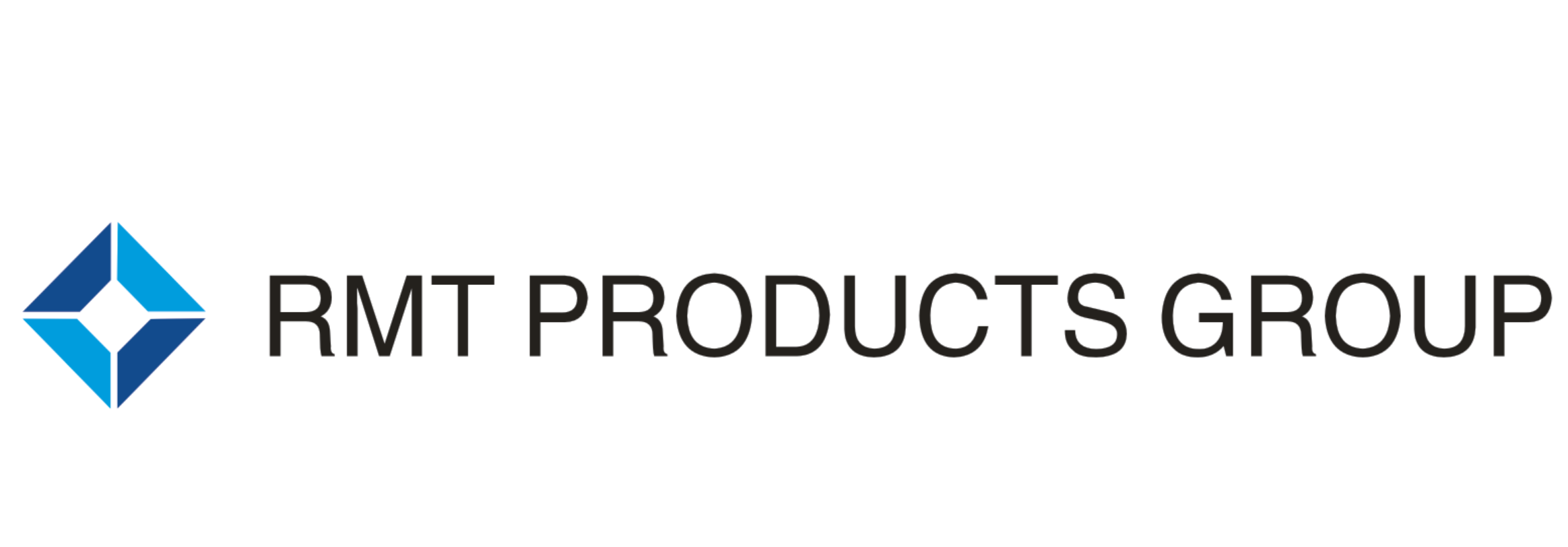
 EN
EN
 AR
AR
 BG
BG
 HR
HR
 CS
CS
 DA
DA
 NL
NL
 FI
FI
 FR
FR
 DE
DE
 EL
EL
 IT
IT
 JA
JA
 KO
KO
 NO
NO
 PL
PL
 PT
PT
 RO
RO
 RU
RU
 ES
ES
 SV
SV
 IW
IW
 LV
LV
 SR
SR
 SK
SK
 UK
UK
 GL
GL
 HU
HU
 TH
TH
 TR
TR
 FA
FA
 GA
GA
 CY
CY
 EU
EU
 BN
BN
 BS
BS
 LA
LA
 NE
NE
 SO
SO
 KK
KK
